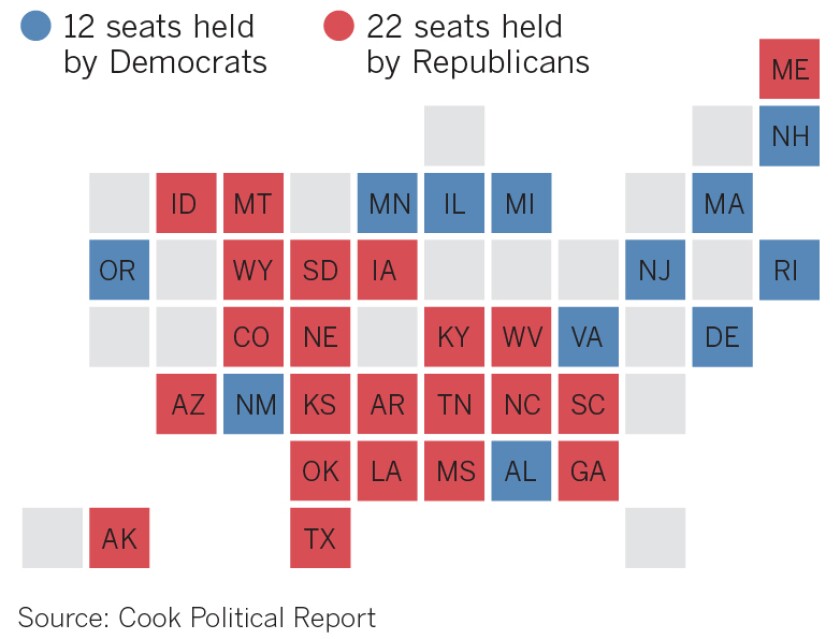

Polls and independent forecasts for the midterms had fluctuated widely over the past several months as voters grappled with inflation near a 40-year high and digested a Supreme Court ruling that ended the nationwide right to abortion. Barack Obama’s Democrats lost 63 House seats in 2010 and Donald Trump’s Republicans 40 House seats in 2018. Since World War II, the party holding the White House has, on average, lost 26 House seats and four Senate seats. President Joe Biden’s party was trying to buck history in Tuesday’s midterms by holding on to their razor-thin congressional majorities with the president’s legislative agenda hanging in the balance.

There were numerous races still to be decided, and some may be subject to court challenges. At least 218 are needed to claim a majority. Or, as Fetterman put in his speech: “We jammed them up, we held the line.”īy early Wednesday, Republicans had won 199 House seats, compared to 172 for Democrats. And yet, GOP Senator Lindsey Graham acknowledged in an interview with NBC that the results were “definitely not a Republican wave.”
#Senate control full#
House GOP leader Kevin McCarthy, who is in line to become speaker with a Republican majority, declared victory early Wednesday before the full results were known. In one of their biggest wins of the night, John Fetterman narrowly defeated Republican television celebrity Mehmet Oz to claim a Senate seat in Pennsylvania. With polls closed across most of the US, some of the bellwether races that Republicans had hoped to snatch were held by Democrats. In the early hours of Wednesday, however, House Minority Leader Kurt Daudt, R-Zimmerman, conceded that DFLers would maintain their House majority.US voters delivered a mixed verdict in elections shaped by inflation and splits around social issues, with Republicans headed toward control of the US House, but by smaller margins than forecast. Of the 134 seats in the House, Democrats held 70 as they began their term in 2021, meaning Republicans would need to flip a net of four seats to take control. “While it does not look like Senate Republicans will maintain control of the Senate, we will continue to fight for keeping life affordable for working Minnesotans and seniors, safer communities and support for law enforcement, and more opportunities for students to be successful in the classroom and beyond,” Miller said.Īll 201 seats in the Minnesota Legislature were on the ballot Tuesday as Minnesotans decided whether state government should stay divided between Republicans and Democrats or whether one party should control the governor’s office as well as the House and Senate. Wednesday, the DFL claimed that it had enough seats to take control of the Senate.īy 8:15 a.m., Senate Republicans had conceded they lost the majority in the Senate, as Majority Leader Jeremy Miller released a statement thanking candidates for running for office. Overall, Minnesota voters put DFL control of the Legislature and the governor’s office within reach Tuesday.

Jim Abeler, R-Anoka, won his reelection by fewer than 200 votes. Other returns showed Senate Assistant Majority Leader Roger Chamberlain of Lino Lakes, a four-term Republican, losing his reelection bid in the northern Twin Cities suburbs. Tom Bakk, a longtime DFLer who became an independent before announcing his retirement. That includes the northern Minnesota seat formerly held by Sen. Two of those races amount to the DFL holding key districts while two would be pickups. That's a gain of three seats, allowing them to take over from Republicans, who had been joined recently by two former DFLers who became independents. In preliminary results, the DFL now holds a single-seat majority in the closely divided State Senate. Voters on Tuesday kept the Minnesota House in the hands of the DFL Party, and DFLers gained control of the state Senate as vote counting moved into Wednesday - giving the party total control of the Legislature and the governor’s office for the first time in nearly a decade.


 0 kommentar(er)
0 kommentar(er)
